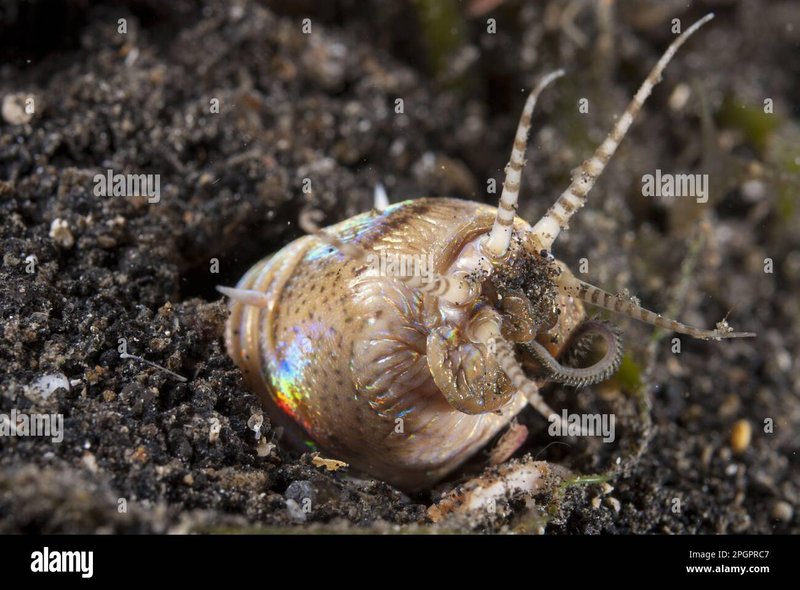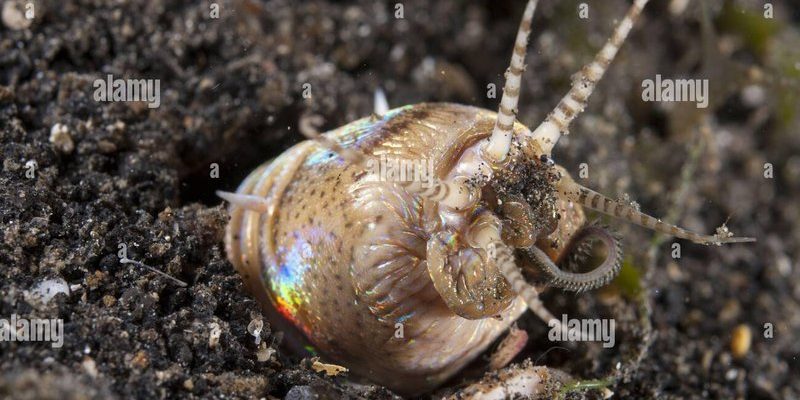
Feeding a bobbit worm isn’t just about tossing in some food and hoping for the best. There’s a bit of art and science involved, much like preparing a delicate dish in a restaurant. Whether you’ve got your hands on a wild-caught specimen or one from a reputable pet shop, understanding their dietary needs is key to ensuring a healthy and thriving worm. Let me walk you through the safe feeding protocols so you can keep your little underwater predator happy and well-fed.
Understanding Bobbit Worms
Before we dive into the feeding protocols, let’s take a moment to understand what bobbit worms are. These creatures, belonging to the *Eunice* genus, can grow several feet long and have some impressive hunting skills. They’re known for their ability to ambush prey using their sharp jaws, which can snap shut at lightning speed. This makes them fascinating, yet potentially tricky, to keep in an aquarium.
You might be wondering why it’s crucial to know about their natural habitat and behavior before feeding. Well, just like you wouldn’t feed a lion plant food, bobbit worms have specific needs that mimic their natural environment. Understanding their instincts helps you provide a better diet and habitat, ensuring they remain healthy and stress-free.
Bobbit worms thrive in saltwater environments with plenty of hiding spots. If you can recreate that in your aquarium, your worm will feel much more at home. The more you know about their species, the better equipped you’ll be to care for them, particularly when it comes to feeding.
Dietary Needs of Bobbit Worms
Now that we have a grip on what bobbit worms are, let’s talk about their dietary needs. In the wild, these worms primarily feast on small fish, crustaceans, and other marine life that swim too close to their burrows. This means they require a protein-rich diet to thrive in captivity.
You’d want to replicate this diet as closely as possible. Typically, bobbit worms do well on **meaty fare** like frozen shrimp, fish, or even pieces of squid. Whatever you choose, make sure the food is appropriately sized; too big, and they can struggle to eat it, which can lead to stress and health issues.
Here’s a quick list of suitable foods for your bobbit worm:
- Frozen or live shrimp
- Chunks of fish
- Small pieces of squid
- High-quality pellets designed for carnivorous fish
Feeding your bobbit worms a balanced diet is essential. It’s not just about variety; it’s about ensuring they get the right nutrients to grow and thrive.
Feeding Frequency and Methods
You might be curious about how often to feed your bobbit worm. The frequency depends largely on their age and size. Young creatures will need to eat more often than adults. Generally, feeding them **2-3 times a week** is a safe bet, but this can vary.
Instead of simply dropping food in the tank and walking away, consider more interactive feeding methods. You can use a feeding stick or tongs to place food near their burrow. Bobbit worms can be a bit cautious, so providing food close to their hiding spot can trigger their hunting instincts.
One unique method is to “train” them to recognize feeding time. If you consistently feed them at the same time and in the same way, they’ll come to expect it. This not only provides a little entertainment but also makes it easier to monitor their eating habits and health.
Safe Feeding Protocols
Safety is paramount when caring for any pet, and bobbit worms are no exception. Here are some guidelines to follow while feeding your worm:
- Prepare the food properly: Ensure that any food you offer is fresh and cut into manageable pieces.
- Avoid overfeeding: It’s easy to indulge our pets, but overfeeding can lead to water quality issues due to excess waste.
- Monitor their health: Keep an eye on how much they eat. If your bobbit worm consistently leaves food behind, it may not be healthy or might need a different diet.
- Maintain tank hygiene: After feeding, remove any uneaten food within a few hours to keep the tank clean.
Following these protocols ensures that both you and your bobbit worm have a hassle-free experience. It’s all about creating a safe and nurturing environment.
Identifying Common Feeding Issues
Even with the best intentions, feeding bobbit worms can sometimes lead to complications. Let’s go over some common issues you might face and how to tackle them.
First up is **refusal to eat**. If your worm isn’t eating, it could be due to stress from tank conditions or improper diet. Check your water quality and temperature first; sometimes, a simple adjustment can make a big difference.
Another issue might be **eating too slowly**, which could attract unwanted pests to your tank. If you notice food sitting at the bottom for too long, you might want to adjust your feeding approach. Use smaller portions to see if that helps the worm eat quicker.
You might also encounter health problems like **parasitic infections** if your worm is fed improperly. Always source your food from reputable suppliers to minimize disease risks and ensure you’re providing safe options.
Understanding the Importance of a Balanced Environment
Feeding bobbit worms isn’t just about food; it’s also about creating a healthy environment. Water quality, temperature, and tank mates all play significant roles in how well your worm eats.
Make sure the water is saltwater, with the right salinity levels to mimic their natural habitat. Regular water changes and testing can help maintain a stable environment. Also, ensure your aquarium is not overcrowded—too many fish or invertebrates can lead to stress for your bobbit worm.
Additionally, consider the tank’s decor. Providing plenty of rocks, caves, or other hiding spots can reduce stress, making your bobbit worm feel more secure. The result? A healthy worm that’s eager to hunt and eat!
Feeding a bobbit worm in captivity is a rewarding experience if done correctly. By understanding their needs and following the safe feeding protocols outlined above, you can provide a thriving environment for these extraordinary creatures.
Remember, knowledge is power. The more you learn about your bobbit worm’s natural habits and preferences, the more successful you’ll be in keeping them healthy and happy. With patience and care, you’ll be rewarded with a unique underwater companion that brings a touch of the ocean right into your home. Happy feeding!

